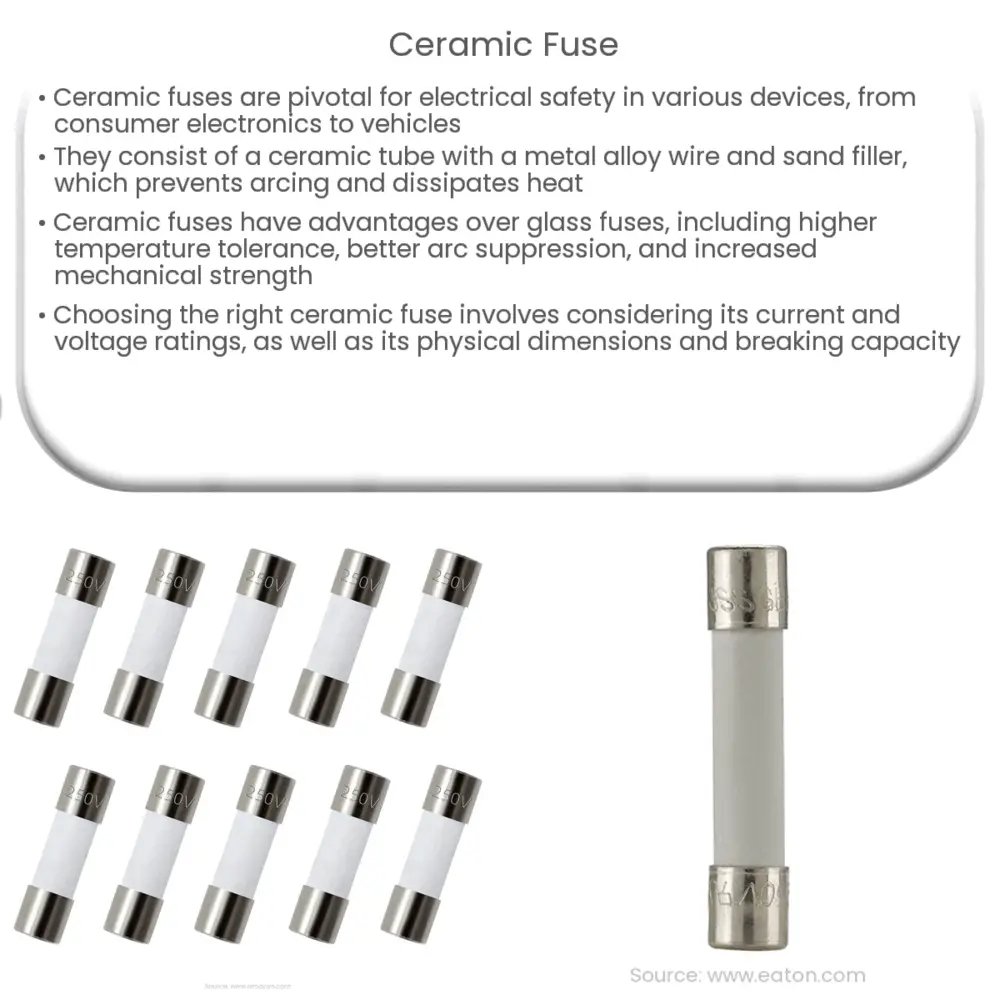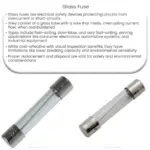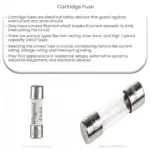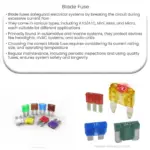Ceramic fuses protect electrical systems with high temperature tolerance, superior arc suppression, and increased mechanical strength.

Ceramic Fuse: An Essential Component for Electrical Safety
In today’s world, where electrical appliances and gadgets have become an integral part of our lives, it is essential to prioritize safety. One key component that plays a crucial role in ensuring electrical safety is the ceramic fuse. In this article, we will delve into the importance and functionality of ceramic fuses, as well as the advantages they offer over their glass counterparts.
Understanding Fuses and Their Function
A fuse is a fundamental safety device used in electrical circuits to protect appliances and systems from damage caused by an excessive flow of current, which can result from a short circuit, overload, or other electrical faults. Fuses are designed to interrupt the flow of current by melting a sacrificial conductive material, thereby preventing the flow of excessive current and subsequent damage to the system. Fuses are available in various types and sizes, with the two most common types being glass and ceramic fuses.
Ceramic Fuses: Construction and Functionality
Ceramic fuses consist of a ceramic tube that houses a thin wire made of metal alloy, known as the fusible link. The ceramic tube is filled with a high-temperature, non-conductive material, such as sand, which serves to dissipate heat and extinguish any potential arc when the fuse blows. When an electrical fault occurs, the fusible link melts, breaking the circuit and stopping the flow of current. The ceramic material used in these fuses is designed to withstand high temperatures and resist breaking or shattering, unlike glass fuses.
Advantages of Ceramic Fuses Over Glass Fuses
While both glass and ceramic fuses serve the same purpose, ceramic fuses offer a few key advantages that make them the preferred choice in certain applications:
- Higher temperature tolerance: Ceramic fuses can withstand higher temperatures than glass fuses, making them ideal for applications where heat may be a concern. This is due to the ceramic material’s excellent thermal properties, which help prevent the fuse from shattering or melting when subjected to high temperatures.
- Better arc suppression: The ceramic body of the fuse, combined with the sand filler, provides superior arc suppression capabilities. This helps to prevent arcing that could potentially cause additional damage to the circuit or surrounding components.
- Increased mechanical strength: Ceramic fuses are more robust and less prone to breaking or shattering compared to glass fuses. This makes them more reliable and suitable for use in high-vibration environments, such as industrial or automotive applications.
Overall, ceramic fuses provide an essential level of protection for various electrical systems, ensuring that devices and appliances function safely and efficiently. Their unique characteristics make them well-suited for a wide range of applications, offering distinct advantages over traditional glass fuses.
Common Applications of Ceramic Fuses
Ceramic fuses are used in a variety of applications, thanks to their unique properties and advantages over glass fuses. Some common applications include:
- Automotive industry: Due to their increased mechanical strength and temperature tolerance, ceramic fuses are often used in vehicles to protect electronic components, such as radios, navigation systems, and lighting circuits.
- Power supplies: Ceramic fuses are commonly found in power supply units for computers, servers, and other electronic devices, providing protection against overcurrent events and ensuring the safety of both the devices and their users.
- Industrial equipment: The robust nature of ceramic fuses makes them an ideal choice for protecting electrical components in heavy-duty machinery and equipment, such as motors, transformers, and generators, which may be subjected to high levels of vibration and temperature.
- Consumer electronics: Many household appliances, such as microwaves, air conditioners, and televisions, also utilize ceramic fuses to safeguard against potential electrical hazards.
Choosing the Right Ceramic Fuse
When selecting a ceramic fuse, it is essential to consider factors such as the fuse’s current rating, voltage rating, and physical dimensions. The current rating determines the maximum current the fuse can handle before melting, while the voltage rating indicates the highest voltage the fuse can safely interrupt. The physical dimensions of the fuse must be compatible with the specific application, ensuring proper fit and function.
It is also crucial to consider the fuse’s breaking capacity or interrupt rating, which denotes the maximum fault current the fuse can safely interrupt without causing damage to the circuit or surrounding components. Choosing a fuse with an adequate breaking capacity is vital to ensure the safety and reliability of the electrical system.
Conclusion
Ceramic fuses play a crucial role in maintaining electrical safety across a wide range of applications, from automotive to consumer electronics. With their high-temperature tolerance, superior arc suppression capabilities, and increased mechanical strength, they offer distinct advantages over traditional glass fuses. When choosing a ceramic fuse, it is essential to consider factors such as current rating, voltage rating, breaking capacity, and physical dimensions to ensure proper protection and reliable operation of electrical systems and devices.




